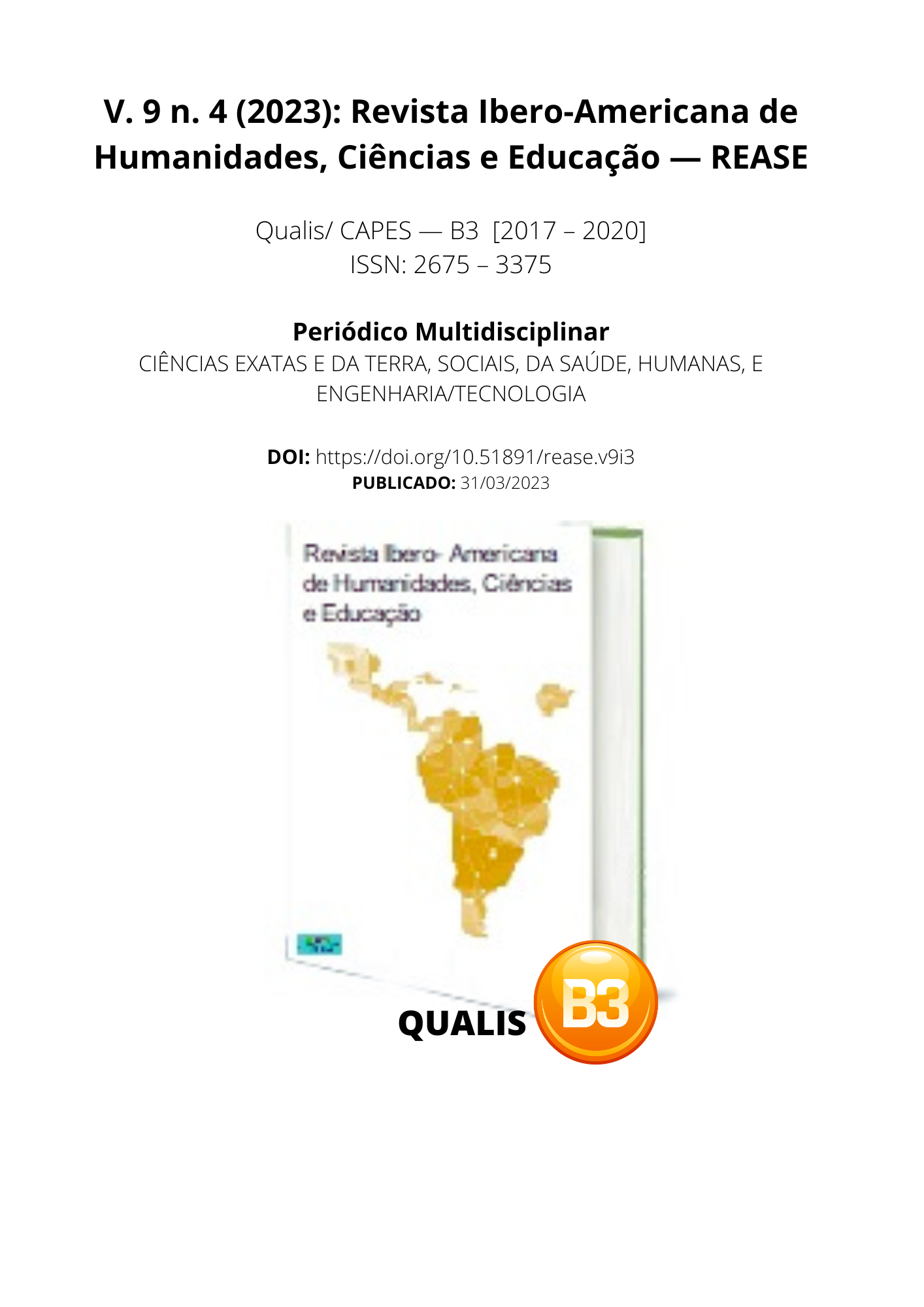CARE AND TREATMENT FOR HEMOPHILIC PATIENTS IN BRAZIL
DOI:
https://doi.org/10.51891/rease.v9i4.9744Keywords:
Hemophilia. Coagulation fator. Internal and external bleeding. Diagnosis. Treatment.Abstract
Hemophilia is a genetic disease related to the X chromosome, caused by the lack of the clotting factors factor VIII (type A) and factor IX (type B) which consists of the blood's difficulty in clotting properly. Therefore, its occurrence in men is almost exclusive, since men have only one X chromosome. It is characterized by the appearance of internal and external bleeding due to partial deficiency of a coagulant protein called anti-hemophilic globulin (clotting factor). It can be classified as severe, moderate or mild. In severe and moderate cases, the symptoms appear in the first years of life and the most common bleeding is bleeding in the joints, the appearance of “purple spots” on the body and bruises. Faced with these signs, the physician should think about diagnosing hemophilia and refer the patient to hemophilia treatment centers that, in Brazil, are located in blood banks or other public hospitals. The treatment occurs through the replacement of the deficient coagulation factor through concentrates of factor VIII or IX by venous injection or by prophylaxis that keeps the levels of factor always high enough to avoid bleeding.
Downloads
Downloads
Published
How to Cite
Issue
Section
Categories
License
Atribuição CC BY

